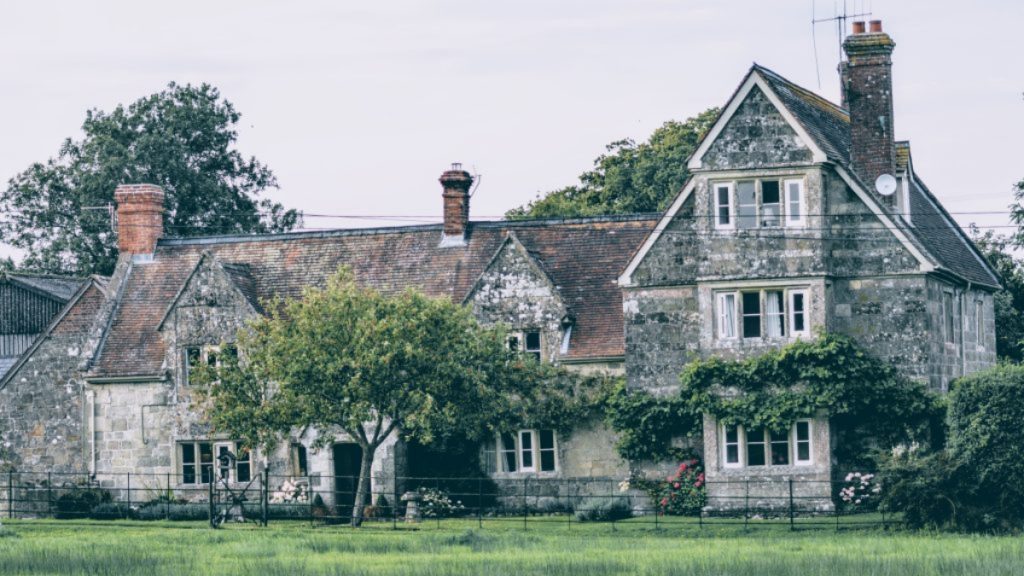When you live in Scotland, among the atmospheric ruins and romantic architecture of millennia of stories, it’s hard not to be seduced by the charm and character of the older properties. But some of the most seductive houses are also the most dangerous: especially those built before 2000. Asbestos was once a wonder-material, praised for its fire resistance and insulation, but it’s now considered the single biggest cause of occupational cancers in the world. This has serious implications for anyone thinking about buying a home, especially in Asbestos Survey Edinburgh, where an Asbestos Survey is essential.
Understanding the Risks
Asbestos breaks apart into many thousands of microscopic fibres when you disturb it, and inhaling even a small amount of these crystalline grains can cause fatal or debilitating diseases such as lung cancer, mesothelioma and asbestosis. While the use of asbestos in building materials was banned in the UK in 1999, thousands of buildings that were constructed before that time still contain some form of asbestos-containing materials (ACMs), which, if disturbed, pose a serious risk to owners and those undertaking renovation work.
Common Areas and Types of Asbestos
When purchasing an older property in Scotland, it is important to remember that human-made fibres containing asbestos can be found in the home in the following common places:
Roofing: Asbestos cement sheets were particularly popular roofing materials and were frequently used up to the 1980s because of their good durability and fire-resistance properties. Properties most likely to have asbestos are those built prior to the 1980s.
Asbestos-containing Insulation: Asbestos was predominantly used in pipe lagging and loft insulation and, therefore, these areas should be thoroughly inspected for asbestos.
Flooring: Vinyl tiles and linoleum flooring installed before the 1980s can contain asbestos fibres. If sanded or removed, these fibres will be released into the air.
Textured Coatings: Artex ceilings and textured wall coatings were frequently mixed with asbestos to make them strong and textured and it may be a problem if you are scraping away this decoration or drilling in to fix fittings.
Types of Asbestos Found
There are several types of asbestos, but the most commonly found in buildings include:
Chrysotile (White Asbestos): The most common form of asbestos used in buildings. Often found in roofing, walls, ceilings and floors.
Amosite (Brown Asbestos): Widely used in a variety of insulation materials including pipe lagging, laggings around boilers, and ceiling tiles.
Crocidolite (Blue Asbestos): Although rare in buildings, it was sometimes used in fire insulation and asbestos cement products.
Importance of Asbestos Survey
With the risk of ACM in older buildings, a survey of asbestos should always be obtained before purchasing so that the presence, type, and condition of ACMs in the property is established, and taking them into account.
Conclusion
While it’s undeniable that there’s something appealing about owning a piece of Scotland’s renowned architectural heritage, it’s important that you don’t jump into the buying process blindly. Older buildings pose a whole host of potential pitfalls you wouldn’t find with modern homes. From asbestos to damp, it’s vital that you carry out adequate inspections and having a asbestos survey conducted. Exposure to asbestos can have serious consequences for your health. If you plan on buying an older building property in Scotland, check in with experts, gather as much information as you can in advance, and ensure you have the right products and services on hand to keep you safe for years to come.

